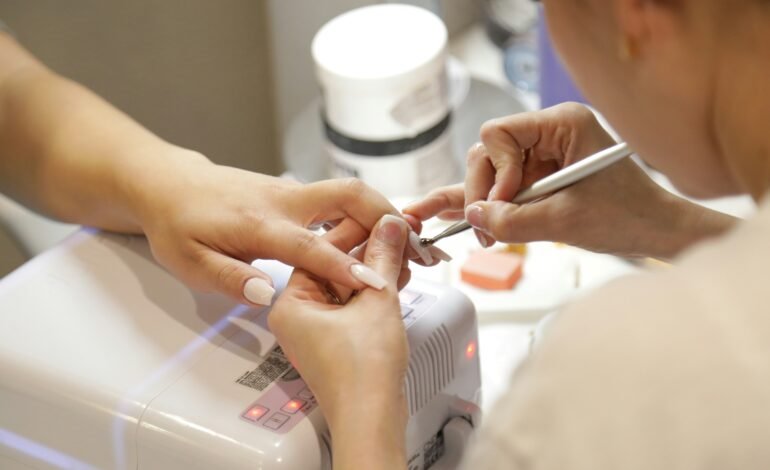Photo of Giorgio Trovato in Unsplash
The European Union has decided to remove from the market semi-permanent nail polishes containing trimethylbenzoyl diphenylphosphine oxide (TPO), a chemical compound used to harden the product under UV or LED lamps. The measure will take effect on September 1, 2025, and will affect manufacturers, distributors, and beauty salons.
TPO has been reclassified as a CMR substance (carcinogenic, mutagenic, and toxic for reproduction), which means its use in cosmetics is prohibited under European regulations. Research has shown that this photoinitiator can cause skin allergies, respiratory irritation, and harmful effects on fertility and DNA with prolonged exposure.
Impact on the beauty industry
The regulations require all products containing TPO to be immediately removed from retail outlets, even if purchased before the expiration date. This represents a challenge for the nail art industry, which in countries like Spain generates nearly €14 billion annually.
Manufacturers will have to reformulate their products to remain on the market, while nail salons will have to ensure they only use TPO-free formulas. Beauty experts assure that, although the ban will be an initial blow, safe alternatives are already in development that will maintain the quality of semi-permanent nail polish.
A final goodbye to semi-permanent nail polishes?
With this measure, the European Union seeks to strengthen consumer safety in the cosmetics sector, aligning itself with a broader strategy to control potentially harmful substances. The technique isn't being phased out; semi-permanent manicures will continue to be available, as long as reformulated products free of the banned compound are used.
For more stories like this, follow More Latin.
Sources:

